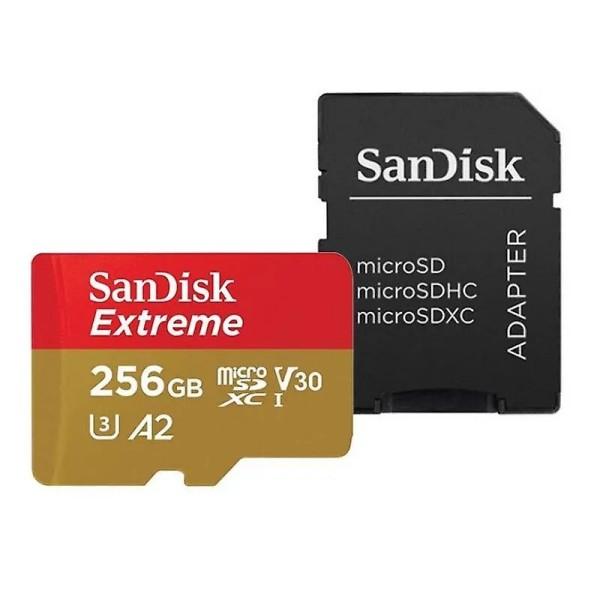I used to just look for the symbol 10 encircled by the capital letter C as I remember that being the good card to get for cameras. Well things have moved on a lot further and that class 10 card is actually pretty ancient now. You’ll still see that class 10 still shown today, as that particular standard stopped at 10. The number is used to represent the minimum sequential write speed, so a card with a speed of 90 MP/sec will still show only 10 (it is actually pretty meaningless now).
Since that original Speed Class, we have already also got UHS Speed Class, as well as a Video Speed Class, and more recently the Application Performance Class. So yes, you may see up to four separate types of speed classes, all cryptically crammed onto a card.
Why the APC one is of interest though, is because phones running apps from a SD card as expanded memory, as well as Raspberry Pi’s, are recommended to use Application Performance Class 2 (or shown as A2). The reason being that A2 by uses functions of command queuing and caching, and more efficient flash memory management can also be supported by maintenance functions. So these types of cards are better suited for applications that write and read multiple simultaneous files to the SD card.
A2 class cards require host driver support, as they use command queuing and write caching to achieve their higher speeds. If used in an unsupported host, they might even be slower than other A1 cards, and if power is lost before cached data is actually written from the card’s internal RAM to the card’s internal flash RAM, that data is likely to be lost.
See https://www.sdcard.org/developers/sd-standard-overview/application-performance-class/
#technology #SDcards #standards #memory

